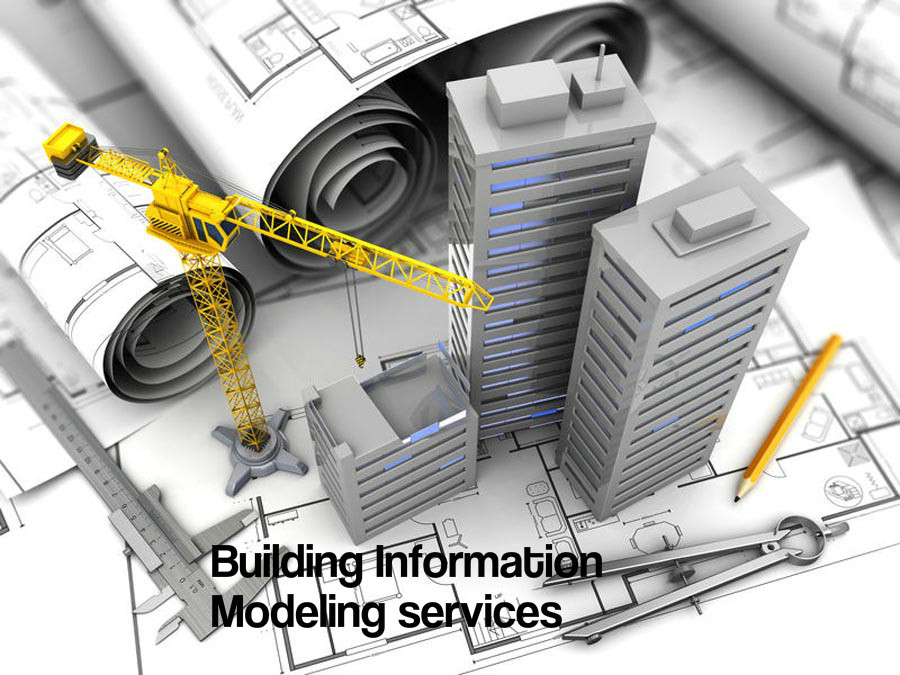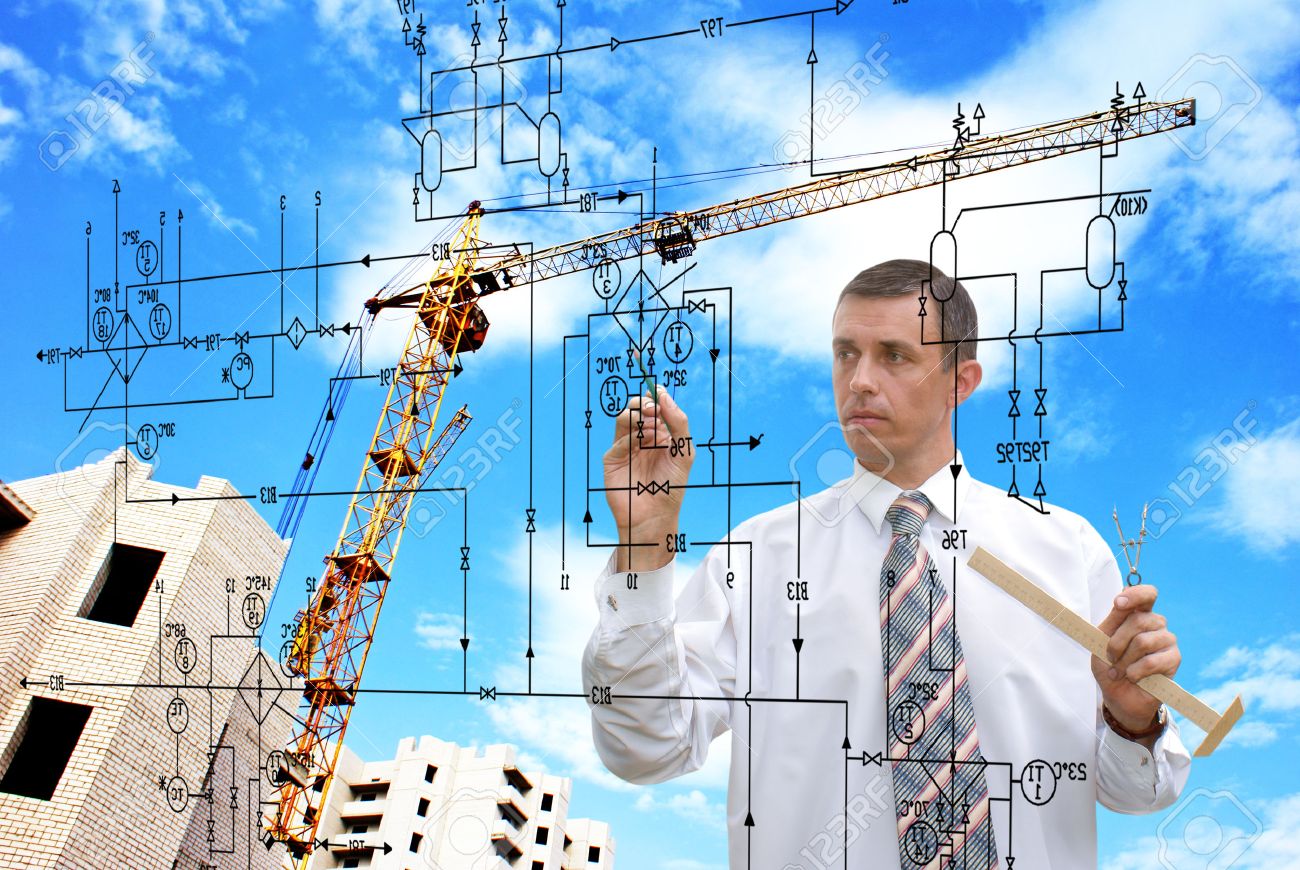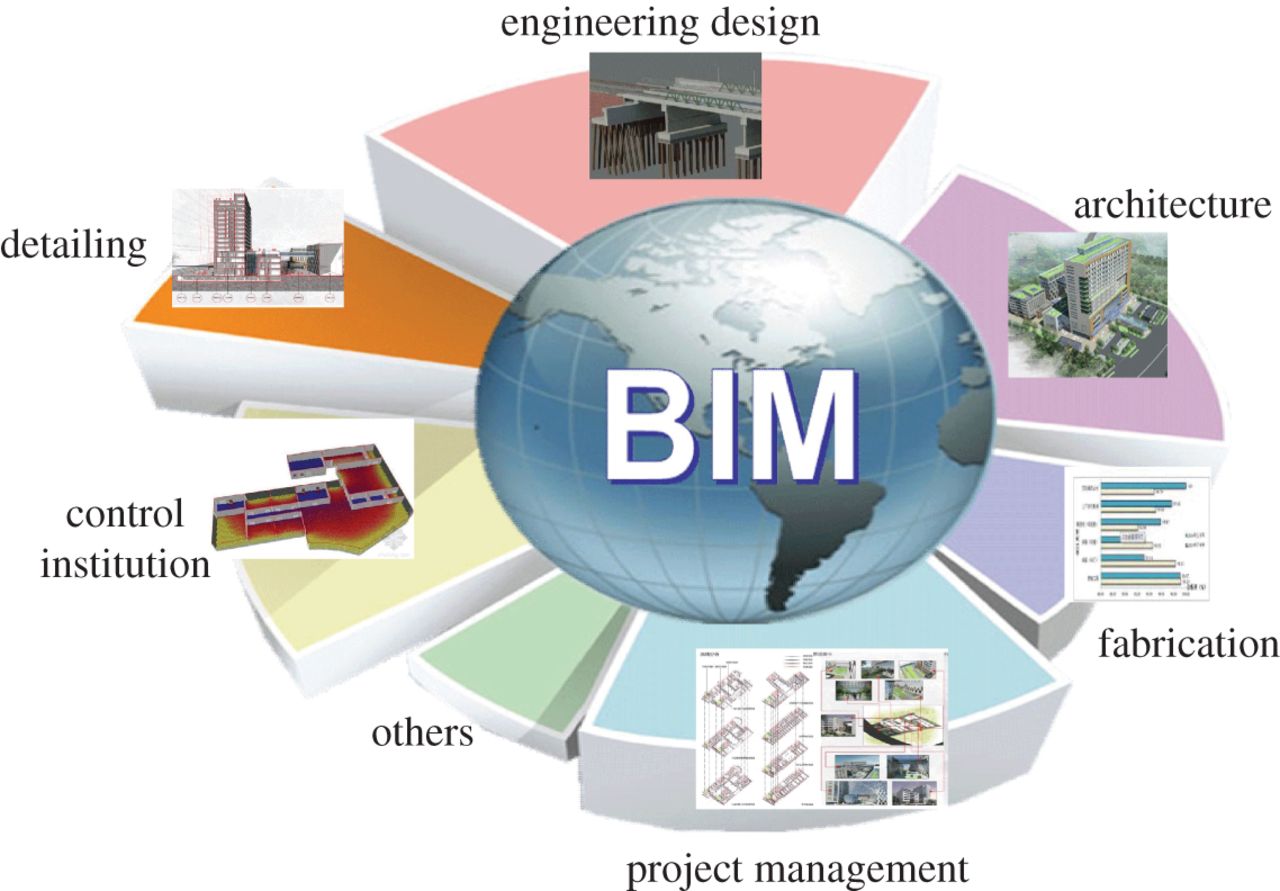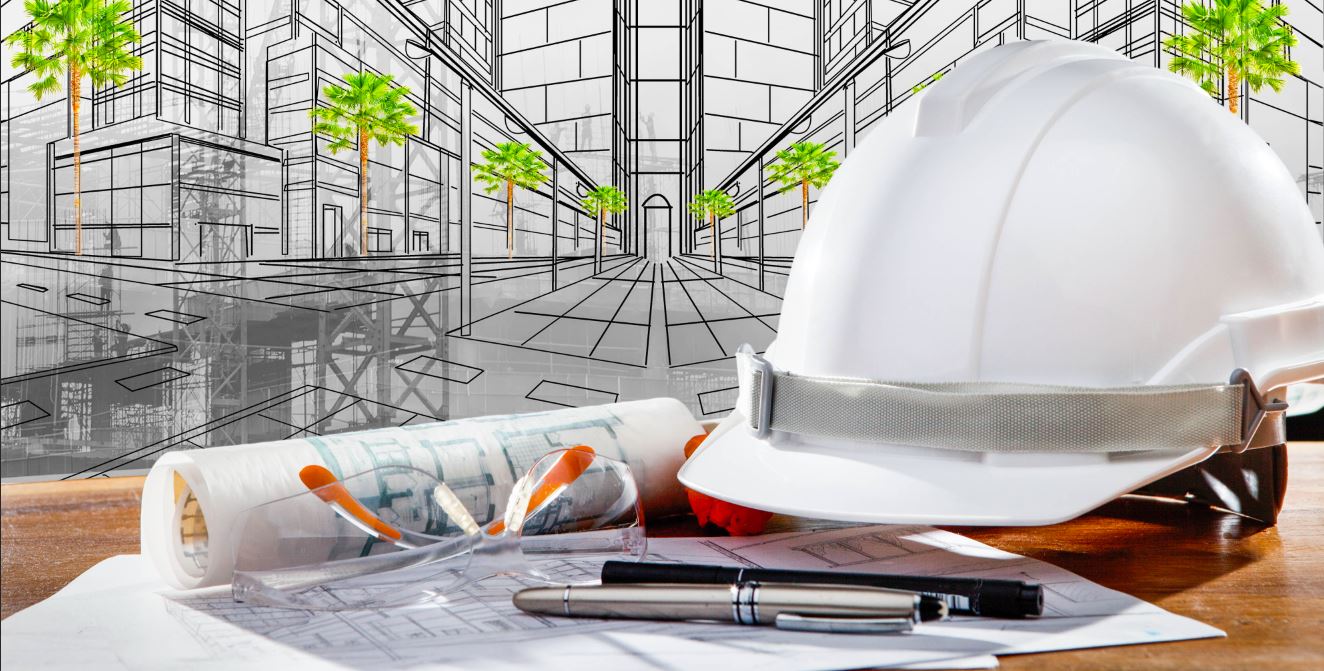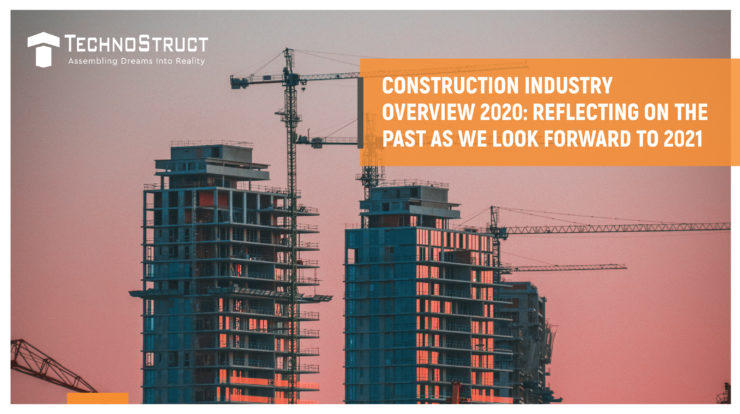
Hindsight is always 20/20!
As we look back at the year gone by – guess what, 2020 – we get to see how tumultuous the journey had been for the construction industry last year. No one saw it coming. As the year started, the US economy added more than $900 billion in its kitty and employed 7.64 million people – the highest numbers since the 2008 recession. Until the COVID-19 pandemic hit it hard in the unmentionables, that is. The deadly virus cost the construction sector roughly $60.9 billion in GDP. A job loss of around 6.5 million and counting. The numbers kept on rising. The economy took a heavy beating. GameStop. Robinhood. Stimulus checks. A year like no other in recent memory.
The Impact
Despite being well-positioned, several AEC (architectural, engineering, and construction) companies bore the brunt of the economic shock and were struggling to make ends meet. While some of the construction businesses were able to improvise and capitalize on technology advancements with better control over their credit, some businesses faced sustained costs and margin pressures. In addition, AEC companies were exposed to challenges such as project delays, skilled labor shortage, cancellations, permit fracas, increased procurement costs of material, and more – each of which impeded the overall business sustainability.
The dark cloud?
A great deal of short and long-term uncertainties industry-wide.
The silver lining?
Amidst this, innovations like modular construction and wearable technologies have been able to aid the construction industry while enabling growth.
Shift in Demand
Businesses across the construction sector were well-equipped to fulfill the various needs of the industry such as high-rise buildings, residential projects, commercial spaces, and more, while slowly but steadily adopting the technologies. However, since the Coronavirus outbreak, the demand for Green buildings soared with attention to Indoor Air Quality.
Shift in Focus
American Society of Heating, Refrigerating, and Air Conditioning Engineers, US Green Building Council, International Well Building Institute, among others, curated and developed detailed plans to guide designers, engineers, and other AEC project stakeholders in making COVID-19 proof buildings that are resilient, compliments the lifestyle, and are safe.
Shift in Focus Impact: Besides, the US construction industry made it mandatory for anyone and everyone at or around the construction site to follow prevention guidelines such as wearing facial masks, following social distancing and sanitization recommendations by the health authorities, and washing hands at regular intervals, all perceived as potential disruptors of status quo. Less number of people present at any job site posed an immediate hindrance in performing tasks, leading to increased costs, and over-scheduled timeline.
The lingering worry remains that, moving forward into the coming years, these requirements are likely to become permanently adopted into building codes. A significant overhead, even if well-meant. A significant impact on cost, for all practical purposes either to be passed on to the end customer or to be absorbed, taking a hit on the bottom line.
Conclusion
Fortunately, there are several reasons to be optimistic about the future of the engineering and construction industry. Evolution of construction technologies and an increase in associated investments are enabling firms realize new operational efficiencies. E&C businesses are continuously taking measures toward digital transformation in engineering and construction, as well as operational efficiencies, which will likely help other industries unlock the future of workplace solutions.
Overall, we are as yet anticipating that the construction industry will return at speed from the mid of 2021, and to make a full market return before the finish of 2022. Till then, we envision some trying times ahead with labor availability, increased costs, and plans as groups push ahead with reconnected projects. Timing will surely be everything and staying informed concerning the business will be key as we are as of now seeing barely recognizable differences on when to carry projects to the market.
TechnoStruct is one of the leading BIM Services Providers in California that specializes in providing Mechanical Electrical Plumbing (MEP) Solutions, Seismic support, designing and engineering solutions, solar engineering solutions, and construction solutions, to large-scale commercial, transportation, healthcare, industrial, residential projects across the AECO spectrum. With its offices in San Francisco, Redwood City, Irvine, and Texas, TechnoStruct has emerged as a major influencer in the industry with its top-tier Construction and Engineering Solutions.
